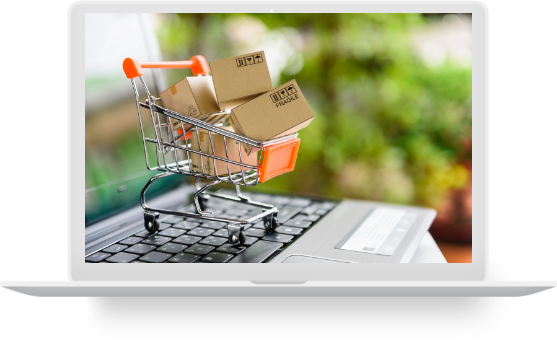Overview
-
2
billion people will make an online purchase in 2020
-
58%
of global web sales in 2019 came from sales on marketplaces
-
2
billion people will make an online purchase in 2020
-
58%
of global web sales in 2019 came from sales on marketplaces
- Roughly 167 million active users and 25 million sellers on eBay
- 300 million customer accounts and around 2 million sellers on Amazon.
- Alibaba.com has more than 10 million sellers.
The large marketplaces will offer you the opportunity to list in many different categories. There are also category-specific marketplaces. Webretailer.com does a good job of listing the many marketplaces per region, the product categories covered and how many monthly visitors each receives.
Most marketplaces will request a monthly account fee for you to list and then a fixed commission or percentage of each sale which varies depending on the category you are selling in. In many categories, 15% is standard but this can rise up to 25% for categories such as jewellery.
Many companies list on several different marketplaces plus their own website and even combine with in-store sales, so this is where multichannel integration software comes into its own, connecting the marketplace(s) to your own ERP system so that sales data, inventory management, product catalogue, invoicing etc. can be consolidated with your other business channels and your listings can be managed from one source.
Pricing software is also available which will automatically adjust your prices to match the best offer (based on criteria you set) increasing your chances of winning the buy box. If you are a small business, you can of course just use the seller reports and tools available from the marketplace itself at no additional cost.
As marketplace selling is such a popular activity with millions of active businesses, there are many videos and tutorials available online to guide and advise you on how to optimise this channel in general or more specifically, on a given marketplace.
Letzshop
In 2018 Letzshop was launched, a government initiative to provide a local marketplace where Luxembourg companies can sell online under the banner of ‘Shop local, Buy local’. According to their Facebook page in June 2020 Letzshop now has more than 440 local businesses online. This is certainly a channel you should take a look at.



